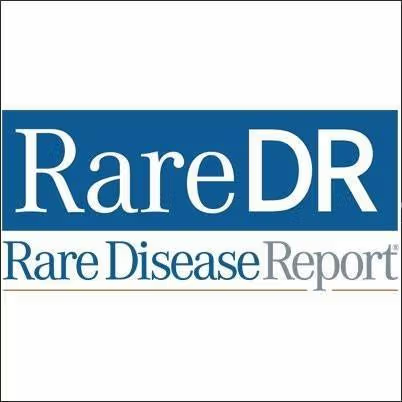Article
Oral Ozanimod Tests Better than Interferon Treatment for RMS
Author(s):
The 2nd of Celgene's phase III trials with the treatment proved promising.

A receptor modulator being tested for treating relapsing multiple sclerosis (RMS) has met its primary endpoint in reducing annualized relapse rate (ARR) when compared to weekly interferon Avonex.
The phase III RADIANCE trial, by Celgene Corporation, evaluated the efficacy and safety of an oral ozanimod on RMS patients for over two years. Over 1,300 patients from 21 countries were treated with either .5 or 1 mg of the investigational oral, selective sphingosine 1-phosphate 1 (S1PR1) and 5 (S1PR5) receptor modulator over that span of time.
Results were positive for both doses, as the treatment led to clinically-significant reductions in the ARR primary endpoint. It also improved in the trial’s key secondary endpoints of total new or enlarging T2 MRI lesions over 2 years of treatment, as well as total gadolinium-enhancing MRI lesions at 2 years of treatment, when compared to Avonex.
The RADIANCE trial was the 2nd phase III trial to test oral ozanimod in RMS patients, proceeding the SUNBEAM trial. In both trials, a very low rate of disability progression was observed in the three treatment groups, with ozanimod not reaching the statistical significance of Avonex. Both dosage rates of the oral treatment also bettered in reduced brain atrophy compared to Avonex is each phase III trial.
The safety and tolerability profile of the RADIANCE trial was consistent with SUNBEAM’s recently completed trial, as well as the previously reported phase II trials.
These most recent results only confirm what SUNBEAM and previous phase trials have concluded, Bruce Cree, MD, PhD, said.
“These significant effects seen with ozanimod on relapse and MRI outcomes, including brain volume loss, coupled with the safety and tolerability profile observed in the two phase II trials, represent an exciting advancement for a disease which needs additional oral therapies with favorable benefit-risk profiles,” Cree, an associate professor of neurology at the Multiple Sclerosis Center at the University of California, San Francisco, said.
Although ozanimod is currently an investigational compound not approved for any use by any country, it could soon be on the market. While analysis of the RADIANCE trial is still ongoing, Celgene plans to begin submitting global registration dossiers for the oral treatment by the end of this year, providing a possibly more efficient care to RMS.
“We are excited by the results seen to-date across both pivotal trials, which further validated ozanimods promising benefit-risk profile relative to current therapies,” Terrie Curran, president of Celgene Inflammation and Immunology, said.
Detailed results from both the RADIANCE and SUNBEAM trials will be presented at an upcoming medical congress — with the new drug application submission to the US Food and Drug Administration (FDA) based on the two trials coming at the end of the year.
A press release regarding the trial results was made available.
Related Coverage:
Multiple Sclerosis Patients' Cognition Improved by Brain Training
Survey: Misdiagnosis, Myriad Symptoms Common for Patients with Multiple Sclerosis
US Firm Moves Forward on Cannabis Gum for Patients with Multiple Sclerosis





